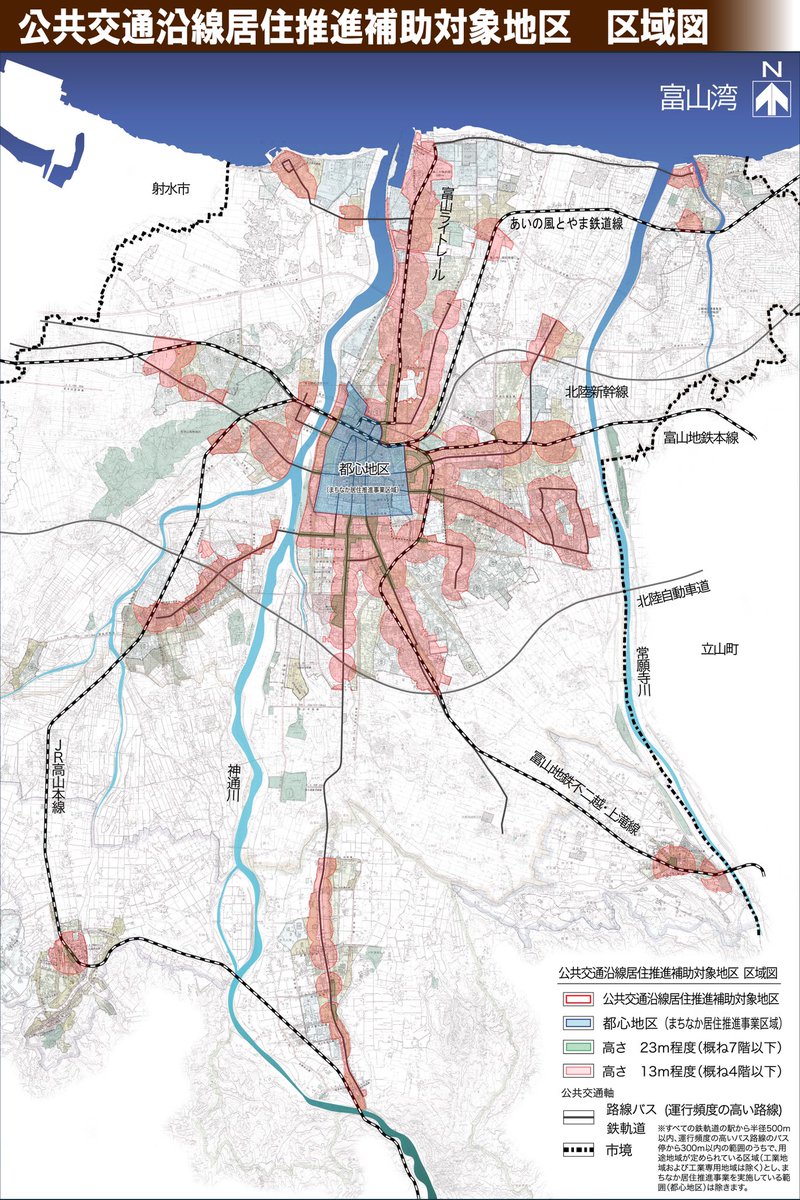
Genius biologist Minakata Kumagusu (1867-1941, right in photo) was a fierce environmental protectionist. In 1910 he was arrested for getting drunk and gatecrashing/heckling a meeting of local politicians who wanted to cut down sacred groves to "improve agricultural efficiency." 

He spent his time in jail after sobering up by discovering a new species of slime mold. And the politicians eventually gave up. Thug science. 

Minakata spoke fluent Japanese (of course), and also English, French, Italian, German, Latin, and Spanish, and could read and write in ancient Greek, Sanskrit, Hebrew and classical Chinese. Banned from life from the British Museum after brawling. 

Going into exile in a remote mountain lodge he wrote a ten meter long letter to a buddhist priest where he condemned limiting Western "cause and effect" scientism and formulated a Buddhist science of interdisciplinary complex-formula where all phenomena are interconnected. 

The core model of his buddhist science paradigm is today known as the Kumagusu Mandala and to this day scientists are kept busy trying to understand it, but it is difficult for them to model it with more than three dimensions. 

• • •
Missing some Tweet in this thread? You can try to
force a refresh





























